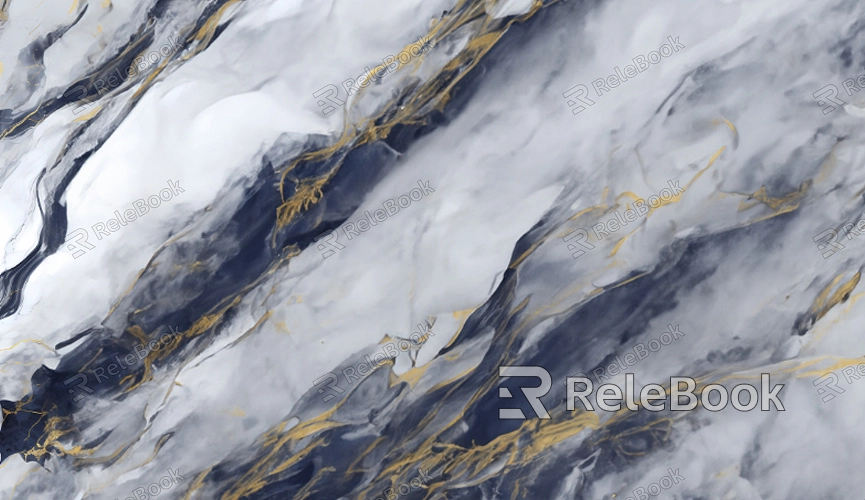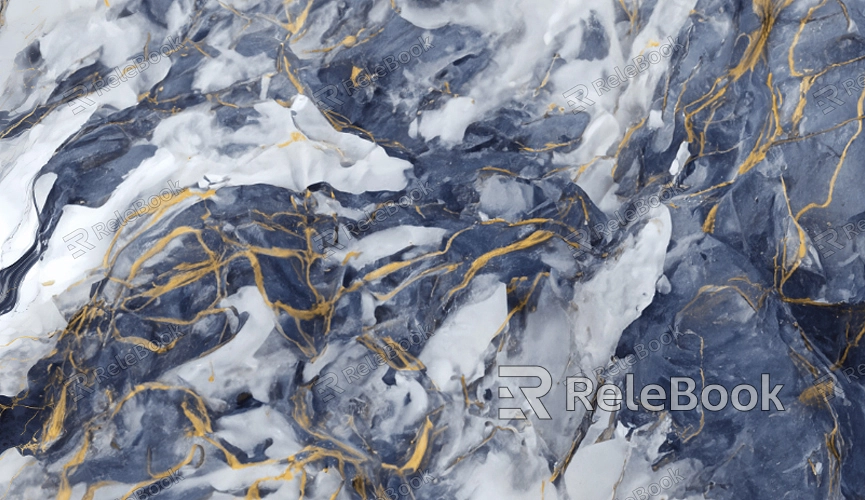How to Render Out the UV Map with Textures?

Basics of UV Mapping
UV mapping is a technique used to apply a 2D image onto a 3D model's surface. The term 'UV' refers to the axes of the 2D texture space, distinct from the 3D model's XYZ coordinates. UV maps are flat representations of the 3D model’s surface, allowing for precise texture application.
To create a UV map, you need to "unwrap" your 3D model. This process involves projecting the 3D surface onto a 2D plane. Once unwrapped, you can texture the model in a 2D image editor. Proper unwrapping ensures that textures align correctly with the model, preventing issues like stretching or distortion.
Unwrapping the Model
Unwrapping is the process of creating a UV map from a 3D model. Here’s a general approach to unwrapping:
1. Select the Model
Begin by choosing the model you want to unwrap in your 3D software. Most 3D modeling programs, such as Blender, Maya, or 3ds Max, offer robust tools for this task.
2. Mark Seams
Identify and mark seams on your model. Seams are like the edges of a paper model that get unfolded. Proper seam placement helps minimize visible texture distortion. Typically, seams are placed in less noticeable areas to avoid obvious lines.
3. Unwrap the Model
Use your software’s unwrapping tool to project the 3D model onto a 2D plane. This will generate a UV map that you can edit and refine. The goal is to ensure that the UV map is as evenly distributed as possible, reducing stretching and distortion.
4. Adjust UV Islands
After unwrapping, you'll see the UV map divided into “islands” representing different parts of the model. Adjust these islands to optimize texture placement and reduce overlap.

Texturing the UV Map
Once you have your UV map, the next step is to apply textures. This involves creating or editing image textures and applying them to the UV map.
1. Create or Choose Textures
You can either create textures from scratch using image editing software like Photoshop or GIMP or use pre-made textures. Textures should align with the UV map layout to ensure accurate application.
2. Apply Textures to UV Map
Open the UV map in your image editor and paint or place textures according to the UV layout. This step is crucial for ensuring that the textures align with the 3D model’s features.
3. Check Texture Alignment
Once you’ve applied your textures, check the alignment by previewing the model in your 3D software. Make any necessary adjustments to ensure the textures fit correctly and look realistic.
Rendering the UV Map with Textures
Rendering the UV map with textures involves generating a final image or animation that showcases the model with its applied textures. Here’s how to render your UV map:
1. Set Up Your Scene
Arrange your 3D model in the scene as desired. Adjust lighting and camera angles to highlight the textures effectively.
2. Apply Materials
Assign materials to your model that reference the textures you’ve created. Ensure that the materials are correctly set up to display the textures as intended.
3. Render Settings
Configure the rendering settings in your 3D software. This includes selecting the render resolution, quality, and output format. Higher settings will result in better quality but may take longer to render.
4. Render the Scene
Execute the render command to produce the final image or animation. Review the rendered output to ensure that the textures appear as expected. Make any final adjustments to lighting, materials, or textures if necessary.
Troubleshooting Common Issues
During the rendering process, you might encounter issues related to UV mapping and texturing. Here are some common problems and solutions:
1. Texture Stretching
If your textures appear stretched, check the UV map for any overlapping or distorted islands. Adjust the UV layout to correct these issues.
2. Seam Visibility
Visible seams can be distracting. To minimize seam visibility, adjust the placement of seams and ensure they are located in less prominent areas of the model.
3. Texture Misalignment
If textures do not align correctly, double-check the UV map and texture application. Ensure that the textures are correctly mapped according to the UV layout.
FAQ
What is the purpose of UV mapping in 3D modeling?
UV mapping allows a 2D image texture to be applied to a 3D model, ensuring that textures wrap around the model accurately and appear realistic.
How do I choose where to place seams on my model?
Seams should be placed in less noticeable areas of your model to minimize visible lines and distortion. Common seam placements include along natural creases or hidden areas.
Can I use pre-made textures for my models?
Yes, pre-made textures can be used. However, ensure they align well with your UV map and meet the quality standards you need for your project.
How can I avoid texture stretching in my UV map?
To avoid texture stretching, ensure that your UV map is evenly distributed and adjust UV islands to minimize distortion. Proper unwrapping and seam placement are also crucial.
What are the best rendering settings for high-quality outputs?
For high-quality outputs, use higher resolution settings and higher sample rates. Adjust lighting and camera settings to enhance the overall appearance of the textures.

